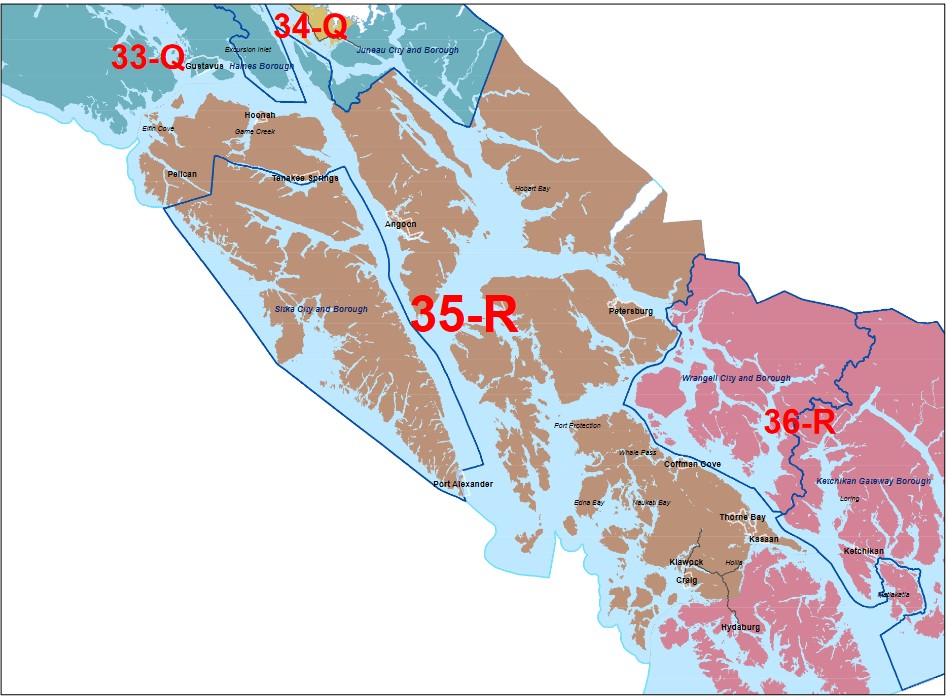
The board that will be redrawing legislative districts in Alaska is still awaiting release of the latest census data but could be unveiling new plans sometime later this year.
The board’s executive director Peter Torkelson gave an update to the Petersburg borough assembly Monday, June 21. He said Alaska has seen a persistent pattern of people moving out of state since 2012, slowing population growth.
“Now we did still have some growth this last ten years, most of which is natural increase, which means new births,” Torkelson said. “But you’ll that notice going back over previous decades when we’ve had up to maybe 130,000 new people to draw into legislative districts, we’re seeing a fundamental shift this decade, with just over one house seat’s worth of new people, just 23,000 people to accommodate. That’s going to mean this cycle’s different than every cycle that’s been before. How that will play out of course is impossible to predict.”
The five-person independent board redraws legislative lines every decade with new census numbers. The number of house districts remains a constant, at 40. But the number of people represented in a district changes with population growth and some areas increasing while others see declines.
Alaska does know its official total population from the 2020 census, 733,391. That means the target for a district will be 18,335 people, an increase of 580 from the last time. The board aims for districts that fall within one percent of that target.
Release of other census data has been delayed because of the pandemic. Because of that, the timeline for the redistricting effort is still up in the air. Once the U.S. Census Bureau puts out new population numbers, Alaska has 30 days to adopt one or more proposed options and 90 days to choose a final plan.
Torkelson explained it could lead to uncertainty going into the 2022 election.
“The delays and the compressed litigation window mean it’s possible that if someone wants to run for legislative office they won’t necessarily know who they’re running against or even exactly where their lines might fall,” he said. “The board is keenly aware of this challenge. There’s really nothing we can do to change the timeline. We can’t make the census give us the data sooner. And so we’re stuck in that regard. We’re aware of that. We’ll do the best job we can. That’s all we can really say.”
The delayed release will mean a shorter period for court challenges. The city of Petersburg and others did object to a plan adopted a decade ago. The initial boundaries put Petersburg in a district with Juneau. Courts rejected that first version based on a challenge from two Fairbanks area residents. Eventually, Petersburg wound up in its current district with Sitka and other smaller Southeast island towns.
Torkelson outlined a couple potential timelines that put rollout of proposed legislative lines sometime later this year, potentially around Thanksgiving or Christmas holidays.
“But we will be back in Southeast, sometime in probably late fall with a number of maps for you folks to give us feedback on and we look for your input at that time.,” he said.
Once they’re released, proposed maps and other updates will be on the board’s website.









